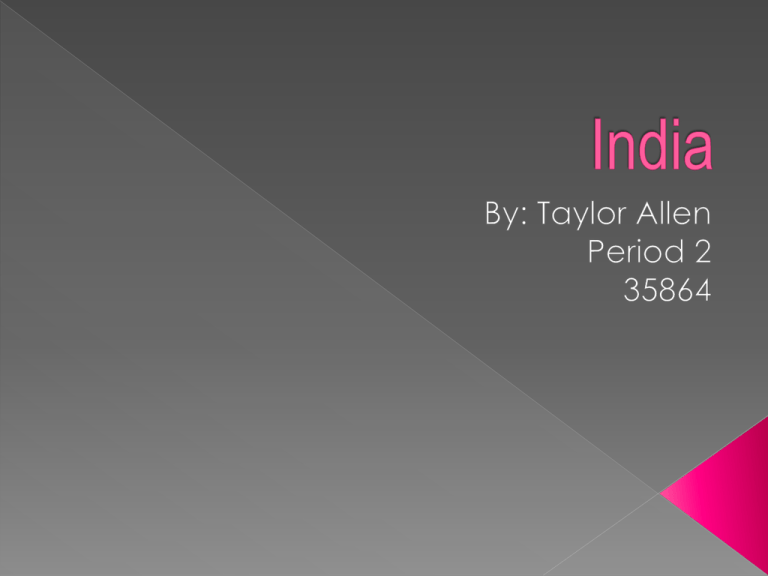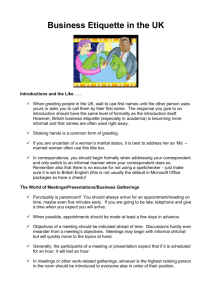India
advertisement

One-third the area of the United States, the Republic of India occupies most of the subcontinent of India in southern Asia. It borders on China in the northeast. With over 1.2 billion people, and the most populous democracy in the world. It is the seventh-largest country by geographical area, the second-most populous country. President: Pratibha Patil Prime Minister: Manmohan Singh (2004) Land area: 1,147,949 sq mi (2,973,190 sq km); total area: 1,269,338 sq mi (3,287,590 sq km) Population (2010 est.): 1,173,108,018 (growth rate: 1.3%); birth rate: 21.3/1000; infant mortality rate: 49.1/1000; life expectancy: 66.4; density per sq km: 386 Capital: New Delhi, 15,334,000 (metro. area), 9,817,439 (city proper) Largest cities: Bombay (Mumbai), 18,336,000 (metro. area), 11,914,398 (city proper); Calcutta (Kolkata), 14,299,000 (metro. area), 4,760,800 (city proper); Bangalore, 4,461,100; Madras (Chennai), 4,382,100; Ahmadabad, 3,653,700; Hyderabad, 3,585,600; Kanpur, 2,631,800 Monetary unit: Rupee Men should wear dark colored conservative business suits. Business attire is conservative. Women should dress conservatively in suits or dresses. The weather often determines clothing. In the hotter parts of the country, dress is less formal, although dressing as suggested above for the first meeting will indicate respect. Indians believe that giving gifts eases the transition into the next life Gifts of cash are given to friends and members of the extended family to celebrate life events such as birth, death and marriage. Do not give frangipani or white flowers as they are used at funerals. Gifts are not opened when received. Muslims should not be given gifts made of pigskin or alcoholic products. Yellow, green and red are lucky colors, so try to use them to wrap gifts. If invited to an business meeting, it is not necessary to bring a gift, although one will not be turned down. Hindus should not be given gifts made of leather. A gift from a man should be said to come from both he and his wife/mother/sister or some other female relative. . Indians prefer to do business with those they know. Relationships are built upon mutual trust and respect. In general, Indians prefer to have longstanding personal relationships prior to doing business. It may be a good idea to go through a third party introduction. This gives you immediate credibility. Before 1991, the Indian government followed protectionist and socialist-inspired policies because of which the Indian economy was largely closed to the outside world and suffered from extensive state intervention and regulation. According to the International Monetary Fund, India's nominal GDP stood at US$1.3 trillion, which makes it the eleventh-largest economy in the world, corresponding to a per capita income of US$1,000. Major agricultural products include rice, wheat, oilseed, cotton, jute, tea, sugarcane, potatoes. Major industries include textiles, telecommunications, chemicals, food processing, steel, transport equipment, cement, mining, petroleum, machinery and software. India has the world's second largest labor force, with 467 million people. During the late 2000s, India's economic growth averaged 7.5% a year. Over the past decade, hourly wage rates in India have more than doubled. Transport in the Republic of India is an important part of the nation's economy. Since the economic liberalization of the 1990s, development of infrastructure within the country has progressed at a rapid pace, and today there is a wide variety of modes of transport by land, water and air. In addition, only around 10% of Indian households own a motorcycle. The Automobile industry in India is rapidly growing with an annual production of over 2.6 million vehicles and vehicle volume is expected to rise greatly in the future. Walking still constitutes an important mode of transport in urban areas. Bullock carts have been traditionally used for transport, especially in rural India. Bicycles are a common mode of travel in much of India. More people can now afford to own a cycle than ever before. In 2005, more than 40% of Indian households owned a bicycle. The Government of India, officially known as the Union Government, and also known as the Central Government, was established by the Constitution of India, and is the governing authority of a union of 28 states and seven union territories, collectively called the Republic of India. It is seated in New Delhi, the capital of India. The government comprises three branches: the executive, the legislative and the judiciary. The executive branch headed by the President, who is the Head of State and exercises his or her power directly or through officers subordinate to him. India has a parliamentary system of government based largely on that of the United Kingdom Westminster System. India’s laws are derived from English common laws. You don’t need a license to import to India in general, however some products may require special licenses. Customs may decide to inspect your goods or they may waive the inspection. You do not need to submit commercial documentation, but you do need to keep all the relevant commercial documents for 5 years after that time.




